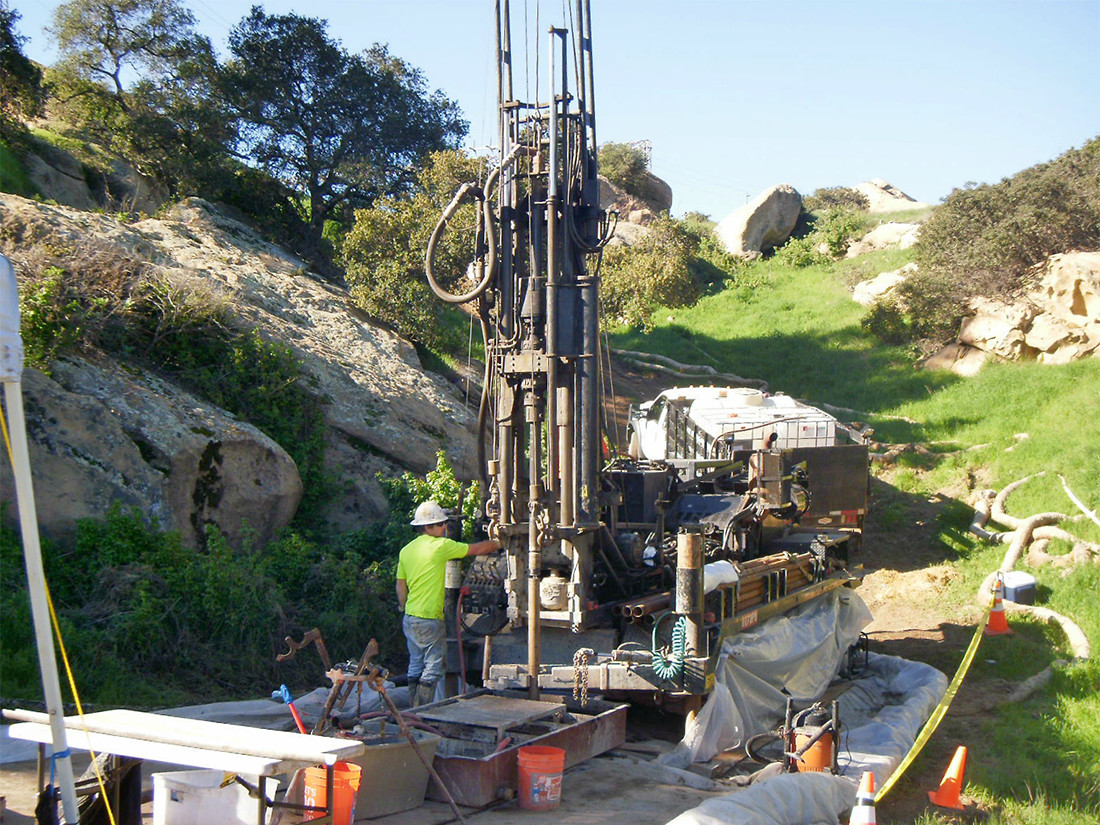
Some of the historic operations resulted in the release of chemicals into the environment, impacting the soil and groundwater within and beneath NASA-administered areas of SSFL. NASA has been rigorously investigating and conducting remediation activities where possible, since contamination was found in the late 1980s.
In August 2007, NASA, Boeing, the U.S. Department of Energy (DOE), and California Department of Toxic Substances Control (DTSC) signed a Consent Order for Corrective Action that addressed the cleanup of soils and groundwater at SSFL. In December 2010, NASA entered into an agreement with DTSC known as an Administrative Order on Consent (AOC), specifying the requirements to complete the characterization and cleanup of soils at SSFL. The AOC requires NASA to clean up soils to Look-up Table values, which were established by DTSC in 2013.
NASA continues to make progress preparing for a final, comprehensive cleanup of Area II and its Area I parcel. NASA also is working cooperatively with the Boeing Company and the Department of Energy (DOE) as they conduct cleanup in areas they own, as well as with the DTSC, the regulatory agency overseeing the cleanup. NASA is also engaged with Native American Tribes with cultural ties to the area, to better understand the significance of Native American cultural resources, and to work with tribes to protect the resources during cleanup activities.
NASA remains firmly committed to achieving a cleanup at SSFL that is protective of public health and the environment, uses the best available science and technology, and preserves the site’s natural, historic, and Native American cultural resources for future generations.